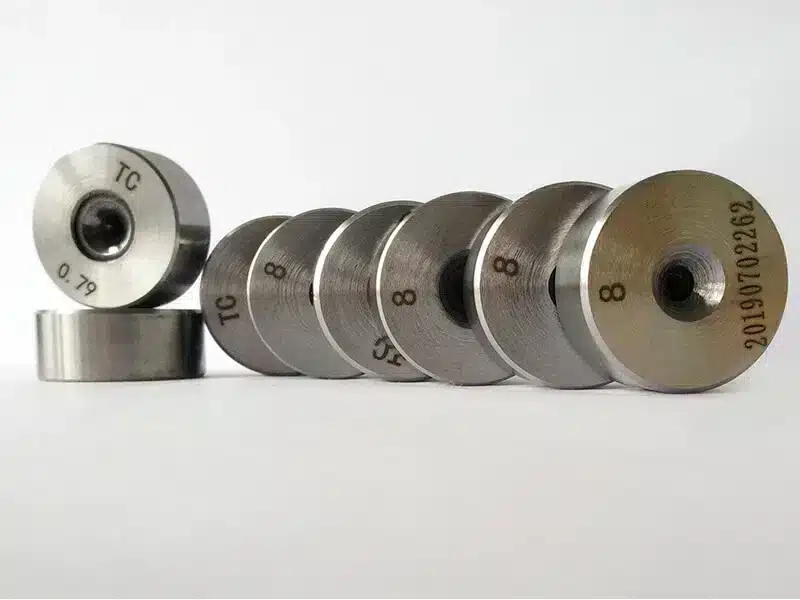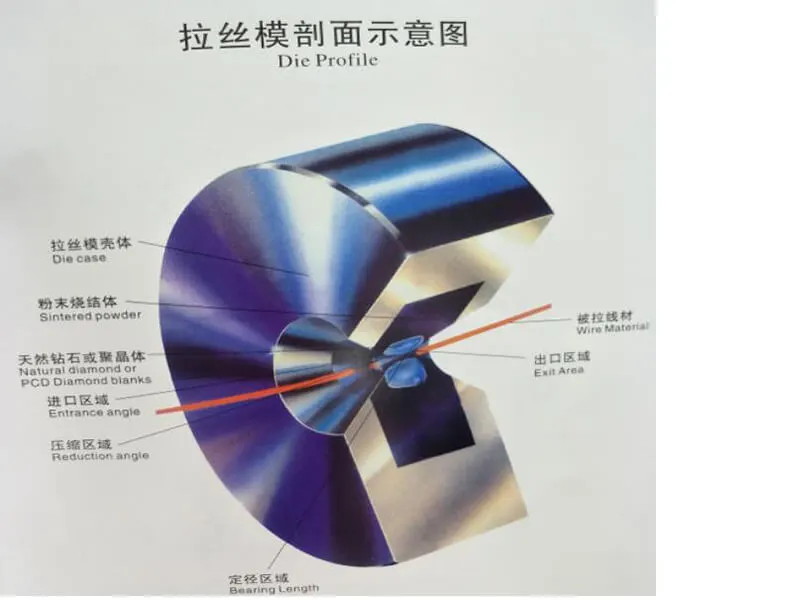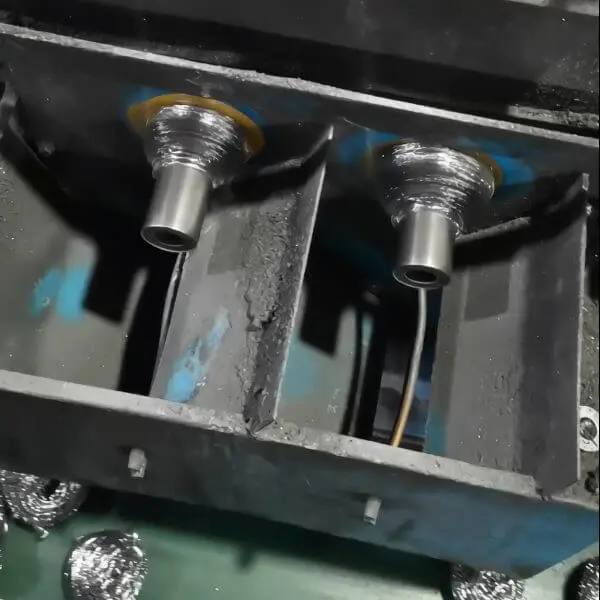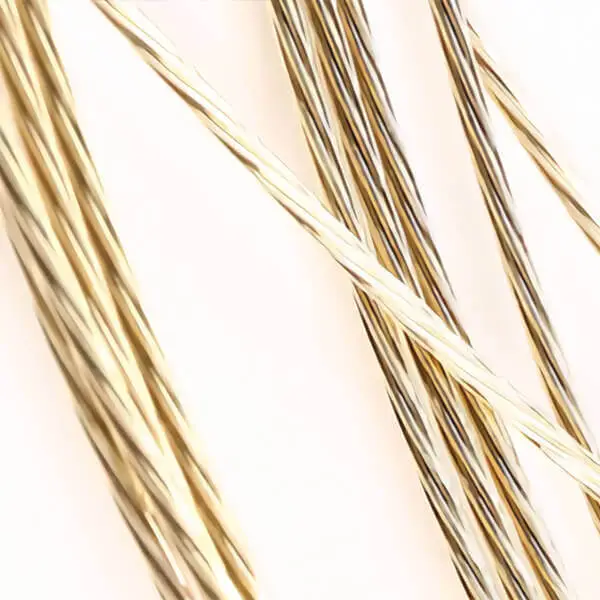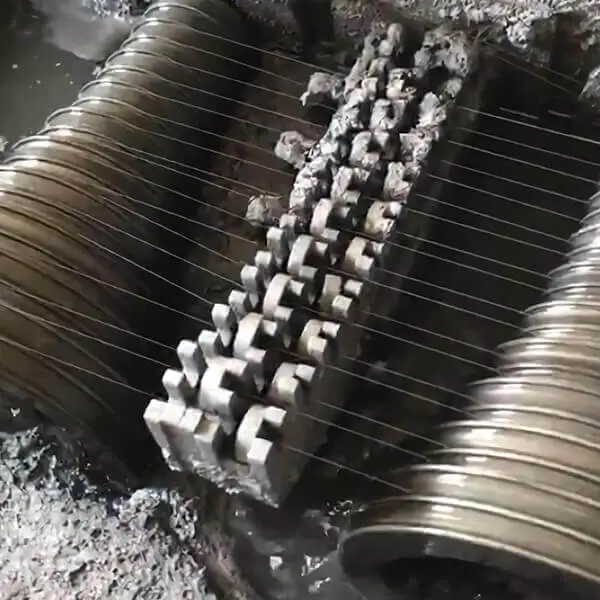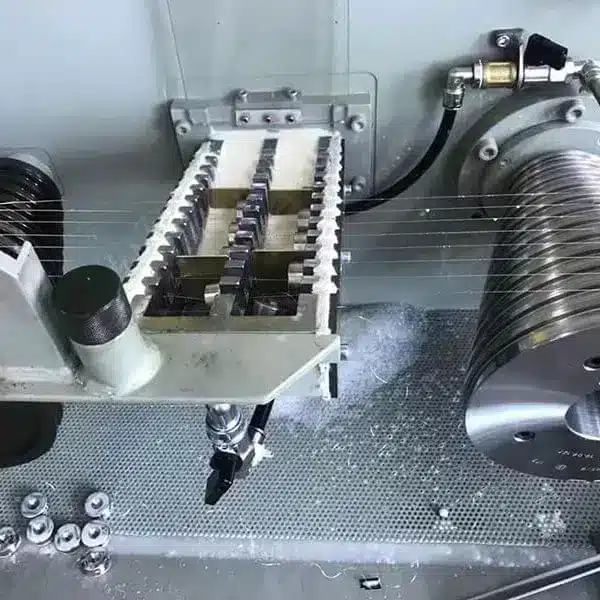With the continuous expansion of radial tire production, the demand for steel cords is also growing rapidly. And is currently in a stage of rapid growth.
The hardness of tungsten carbide is as high as HRA 86-95. Compared with alloy steel, cemented carbide material has the characteristics of high wear resistance, high strength, corrosion resistance and good high-temperature stability. Compared with polycrystalline diamond, it has low cost and good workability. It has undoubtedly become an important processing material in the production of steel cords.
In the production process of steel cords, the dry wire drawing dies are a very important part of rough and medium drawings. The design of its material and structure directly affects the smoothness of the wire drawing process and the quality of the steel wire. The cemented carbide can meet different needs according to the characteristics of the parts to be processed and the working environment through composition, WC particle size, etc. Requirements.
The figure below is the structure diagram of the dry wire drawing dies. Import lubrication, the compression angle and height of the working compression zone, and the height of the sizing belt all directly affect the surface quality of the steel cord quantity and breakage rate.
The wire drawing speed of the dry wire drawing die reaches 10-25m/s, so there is a higher requirement for the wear resistance of the dry wire drawing dies.
At the same time, the surface quality of the wire is improved so that the breakage rate of the stranded wire is controlled within 3 times/ton.

